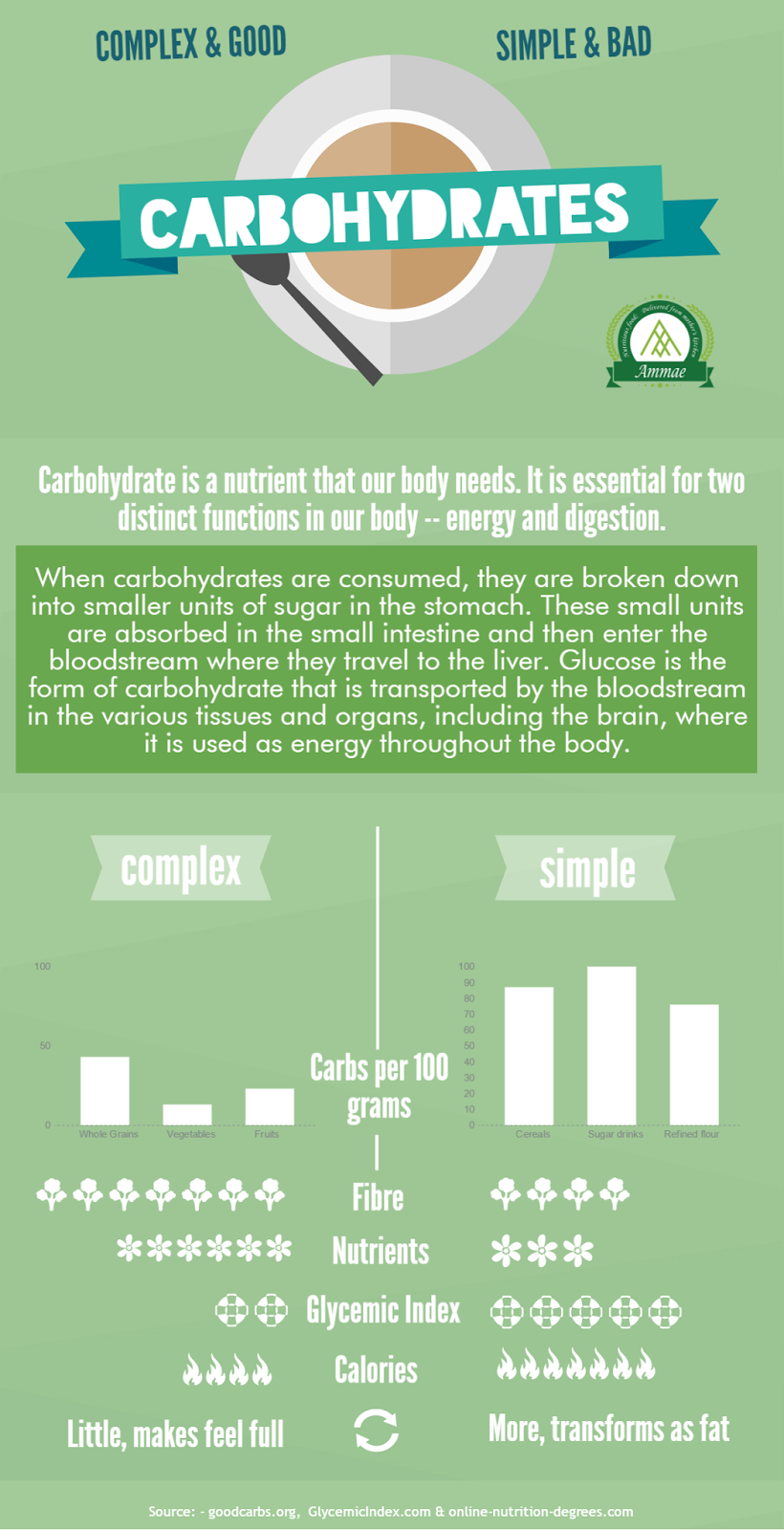How does sprouting improves nutrients?
Sprouting is a process of germination of a seeds, nuts, or grains. This basically increase the nutritive value of the grain. It is one of the traditional practice followed by our ancestors. Soaking, Sprouting and Fermenting are some of the age old practices.
Background
Many suffer from indigestion while eating grains or grain based food. This is due to the the anti-nutrients (polyphenol, lectin and tannins) in the grains. Anti-nutrients are natural compounds available in plant seeds which obstructs the natural absorption of vitamins and minerals in them in the process of digestion. Because, this does not allow the nutrients to break down from the grain which leads to indigestion.
Soaking and Sprouting helps in the process of breaking phytate, a form of phytic acid that obstructs the absorption of nutrients and vitamins. It also breaks the nutrients for human absorption and also increase the bio-availability of the nutrients like calcium, iron, zinc and proteins.
How to Sprout?
Soak the grains for 5 to 48 hours depending on the grain. Then, strain the water and allow it for a day pr two. Just sprinkle little water to keep the grains in moisture. Small shoots will begin to grow from grains. Sprouts are nothing but young plants or baby plants. In this process, it is already half digested. After this it has to be refrigerated. Sprouts can be eaten raw or can be cooked to prepare various recipes.
Benefits of sprouts
Highly Nutritious - In compare with the normal grain, sprouted ones will have a high nutritive value. Especially the sprouted ones are rich in protein, folate, magnesium, vitamins C & K. As sprouting reduce anti-nutrients, our body's absorption of nutrients will be high.
Improves digestion - The fibre content in grain will increase and available for absorption. This insoluble fibre helps smooth transition of stool through gut and avoid constipation. This enables a smooth digestion.
Improve Heart health - Many studies confirmed that eating sprouts will help reduce LDL cholesterol and increase HDL cholesterol which is good.
Risk in eating sprouts
Often sprouts are consumed raw or slightly cooked. Temperature condition to get the sprouts also welcomes harmful bacteria like E.coli and Salmonella. This affects the gut and react slowly and lead to diarrhea or stomach pain.
To Conclude
We need to make a note of some things when we buy sprouts. If we can make sprouts at home, it is advisable.
- Make sure sprouts are refrigerated while buying.
- Store in fridge, remove only when you are about to use.
- Wash and rinse the sprouts minimum couple of times before use it.
- Plan for cooked recipes rather than raw or half baked ones.
Source: NCBI, Healthline.com, draxe.com & health.harvard.edu





